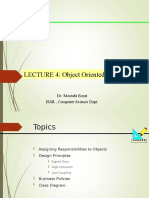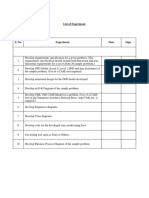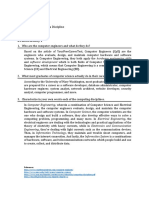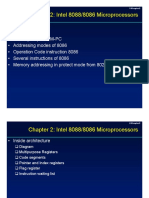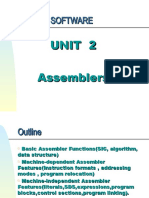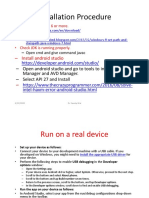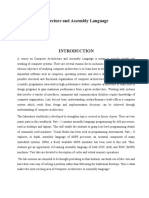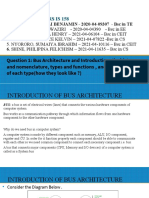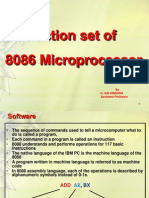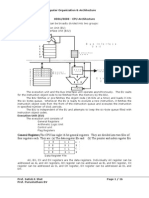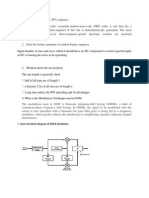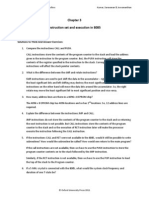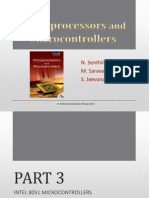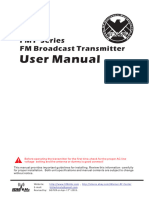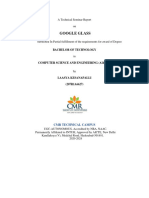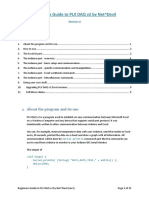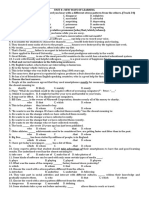0% found this document useful (0 votes)
306 views6 pagesMicrocomputer Lab Manual
This document contains code for controlling a stepper motor using virtual I/O ports. It defines data for clockwise and counter-clockwise half-step and full-step rotation. The code waits for the motor to be ready, sends rotation data to the port, increments steps and direction, and loops continuously to rotate the motor.
Uploaded by
Saravanan JayabalanCopyright
© © All Rights Reserved
We take content rights seriously. If you suspect this is your content, claim it here.
Available Formats
Download as DOC, PDF, TXT or read online on Scribd
0% found this document useful (0 votes)
306 views6 pagesMicrocomputer Lab Manual
This document contains code for controlling a stepper motor using virtual I/O ports. It defines data for clockwise and counter-clockwise half-step and full-step rotation. The code waits for the motor to be ready, sends rotation data to the port, increments steps and direction, and loops continuously to rotate the motor.
Uploaded by
Saravanan JayabalanCopyright
© © All Rights Reserved
We take content rights seriously. If you suspect this is your content, claim it here.
Available Formats
Download as DOC, PDF, TXT or read online on Scribd
/ 6








